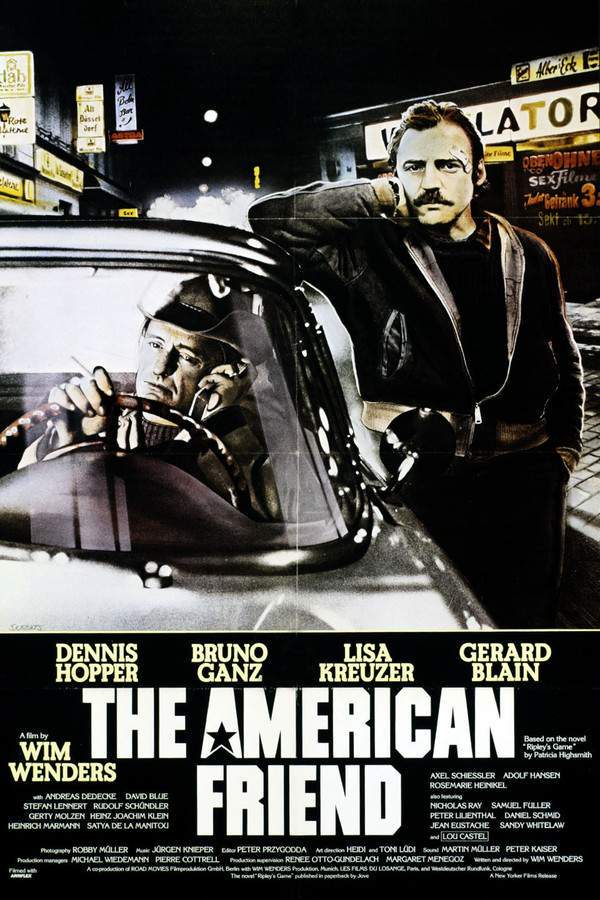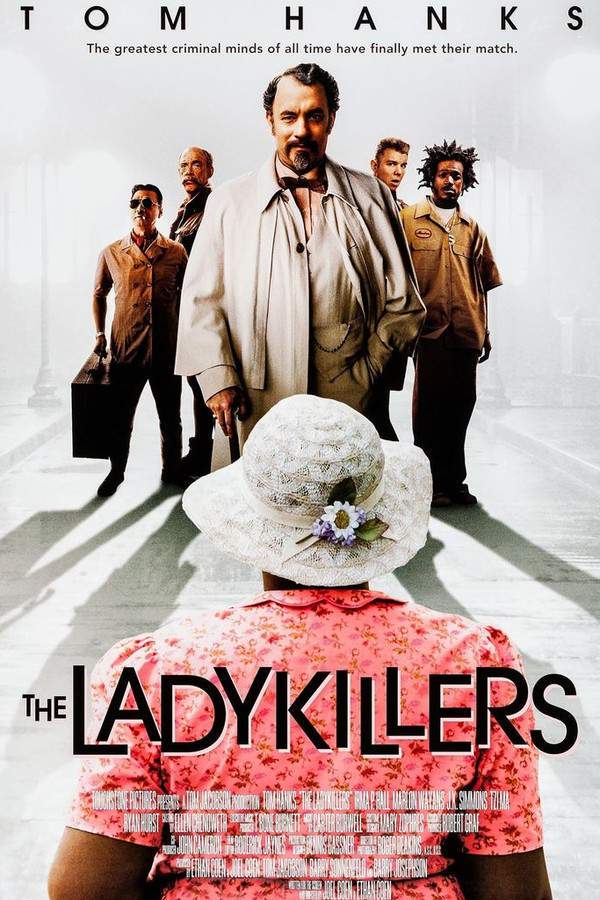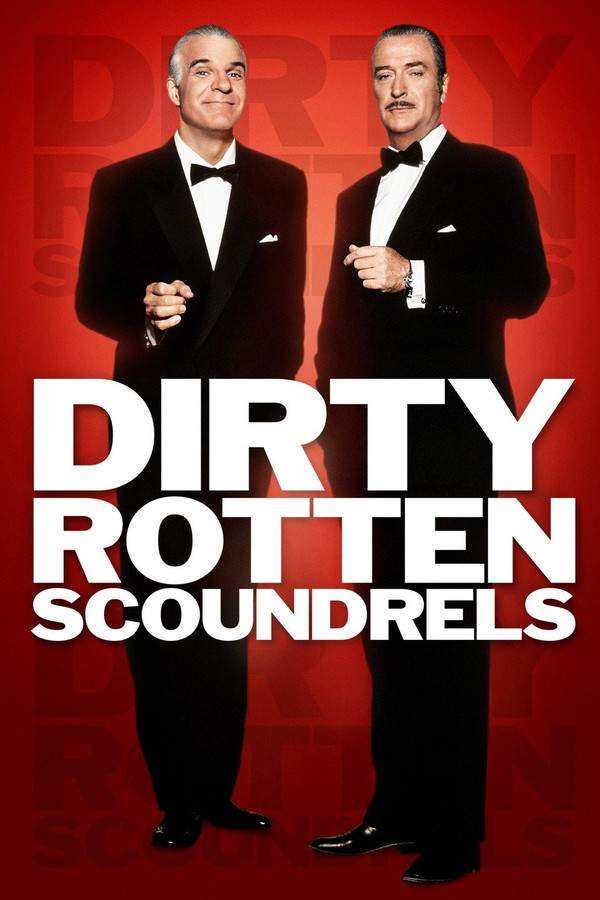
Buddy Buddy
Year: 1981
Runtime: 96 mins
Language: English
Director: Billy Wilder
The iconic duo returns as the story unfolds. During a high‑profile Mafia testimony, a contract killer checks into a hotel across from the courthouse and discovers his next‑door neighbor—a depressed man struggling with marital problems and suicidal thoughts—living beside him. Their lives intersect, leading to an unlikely partnership.
Warning: spoilers below!
Haven’t seen Buddy Buddy yet? This summary contains major spoilers. Bookmark the page, watch the movie, and come back for the full breakdown. If you're ready, scroll on and relive the story!
Timeline & Setting – Buddy Buddy (1981)
Explore the full timeline and setting of Buddy Buddy (1981). Follow every major event in chronological order and see how the environment shapes the story, characters, and dramatic tension.
Last Updated: October 04, 2025 at 12:44
Main Characters – Buddy Buddy (1981)
Meet the key characters of Buddy Buddy (1981), with detailed profiles, motivations, and roles in the plot. Understand their emotional journeys and what they reveal about the film’s deeper themes.
Last Updated: October 04, 2025 at 12:44
Major Themes – Buddy Buddy (1981)
Explore the central themes of Buddy Buddy (1981), from psychological, social, and emotional dimensions to philosophical messages. Understand what the film is really saying beneath the surface.
Last Updated: October 04, 2025 at 12:44
Unlock the Full Story of Buddy Buddy
Don't stop at just watching — explore Buddy Buddy in full detail. From the complete plot summary and scene-by-scene timeline to character breakdowns, thematic analysis, and a deep dive into the ending — every page helps you truly understand what Buddy Buddy is all about. Plus, discover what's next after the movie.
Buddy Buddy Summary
Read a complete plot summary of Buddy Buddy, including all key story points, character arcs, and turning points. This in-depth recap is ideal for understanding the narrative structure or reviewing what happened in the movie.

Similar Movies to Buddy Buddy
Discover movies like Buddy Buddy that share similar genres, themes, and storytelling elements. Whether you’re drawn to the atmosphere, character arcs, or plot structure, these curated recommendations will help you explore more films you’ll love.
Explore More About Movie Buddy Buddy
Buddy Buddy (1981) Plot Summary & Movie Recap
Buddy Buddy (1981) Scene-by-Scene Movie Timeline
Buddy Buddy (1981) Spoiler-Free Summary & Key Flow
Movies Like Buddy Buddy – Similar Titles You’ll Enjoy
The American Friend (1977) Ending Explained & Film Insights
The Ladykillers (2004) Story Summary & Characters
Dirty Rotten Scoundrels (1988) Spoiler-Packed Plot Recap
The Killer (2022) Complete Plot Breakdown
Bon Cop Bad Cop (2006) Spoiler-Packed Plot Recap
My New Partner (1984) Full Summary & Key Details
My Brother-in-law Killed My Sister (1986) Ending Explained & Film Insights
Cop or Hood (1979) Ending Explained & Film Insights
Speaking of Murder (1957) Full Summary & Key Details
Knockin’ on Heaven’s Door (1997) Ending Explained & Film Insights
Brother Orchid (1940) Plot Summary & Ending Explained
Paris Holiday (1958) Film Overview & Timeline
Blame It on the Bellboy (1992) Film Overview & Timeline
The Buddies (1965) Ending Explained & Film Insights
A Pain in the Ass (2008) Plot Summary & Ending Explained

















